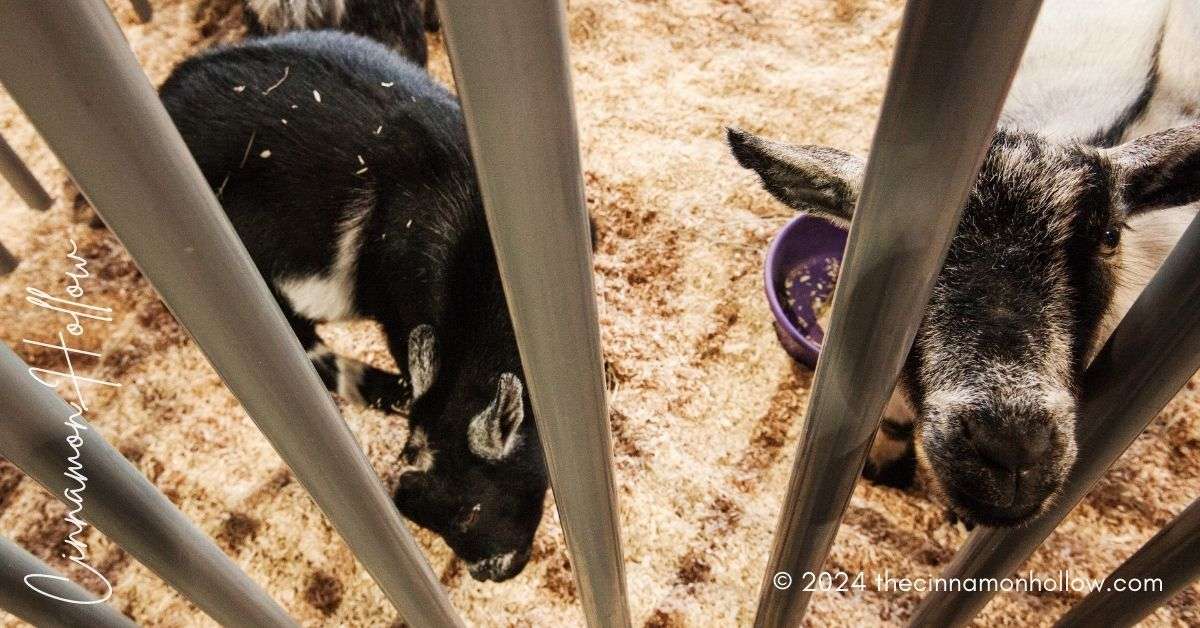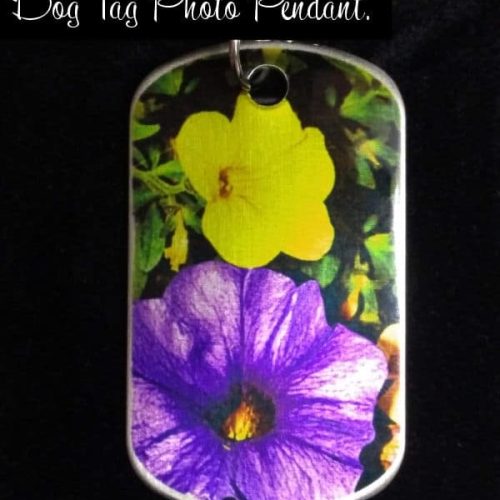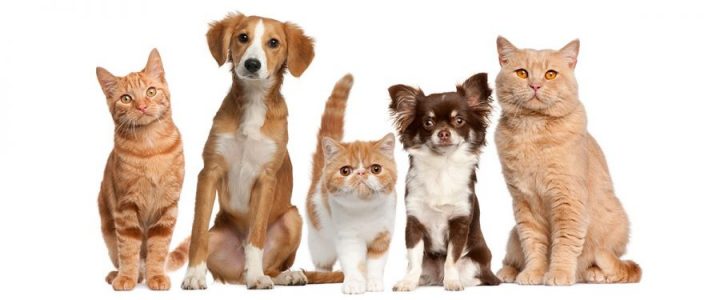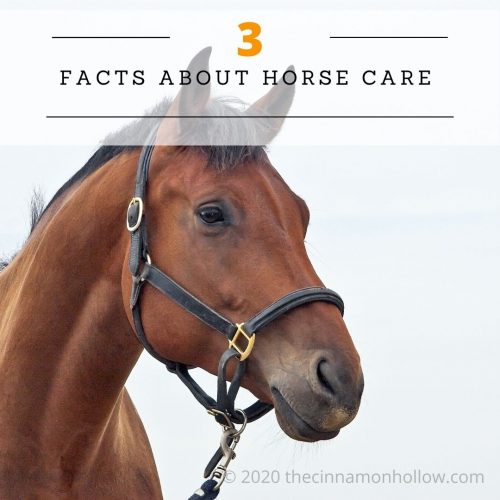- Introduction to Animal Structures
- Modern Design Trends in Animal Sheltering
- Animal Health and Well-being
- Customization: Tailoring Structures to Specific Needs
- The Impact of Climate on Shelter Design
- Community Involvement and Shared Spaces
- The Future of Animal Structures
- Balancing Function and Form in Animal Structures
- Key Takeaways:
Introduction to Animal Structures
Throughout history, humanity has developed various animal structures to provide shelter and safety to different species. These constructions have ranged from simple, makeshift arrangements to complex designs that cater to the specific needs of animals. In modern times, animal structures have evolved from functional, utilitarian shelters to innovative spaces emphasizing comfort, aesthetics, and sustainability. This evolution speaks volumes about our changing perspectives on animal care and the environment.
Modern Design Trends in Animal Sheltering
The most recent design trends in animal structures reflect a drive toward environmentally responsible structures that are also visually appealing. An increasing number of individuals are using contemporary building methods and materials that reduce environmental effects and preserve animal habitats in harmony. Reflective roofing materials, natural ventilation, and non-toxic, sustainable components are becoming more prevalent. These structures provide havens for animals and serve as a statement of our commitment to ethical and eco-conscious living.
Animal Health and Well-being
Every animal, from the family pet to the farm-dwelling livestock, requires a space that offers protection and comfort. Thoughtfully designed structures account for various factors, such as airflow, temperature regulation, and freedom of movement, essential for animals’ physiological and psychological health. It’s not just providing shelter but creating an environment where animals can thrive. Access to outdoor areas, comfortable bedding, and the capacity for social interaction are also critical components that improve the quality of life for these creatures.
Customization: Tailoring Structures to Specific Needs
An essential factor in the development of animal structures is customization. Every animal species has distinct requirements, so structures are often tailored to meet those needs. From the ample space necessary for horses to roam to the secure enclosures designed for poultry, a wide array of custom features can enhance animal comfort. Dedicated spaces for rest, play, and feeding are all factors in the design, ensuring that animals receive the care and attention they deserve.
The Impact of Climate on Shelter Design
Climate is a crucial factor that influences the design of animal structures. In areas prone to harsh weather, shelters must be robust and well-insulated to protect the inhabitants from extreme temperatures, strong winds, and heavy precipitation. Incorporating materials and design elements suited to specific climate conditions ensures that animals remain safe and comfortable throughout the year.
Community Involvement and Shared Spaces
Animal structures can act as community hubs, promoting engagement and education on animal care and sustainable practices. Multi-purpose facilities, which serve as animal shelters and educational spaces, foster a sense of involvement among community members. Workshops and collaborative projects centered around animal care offer hands-on learning experiences and help to cultivate a culture of stewardship and empathy. Shared spaces encourage collective responsibility and can lead to innovative solutions for communal animal care challenges.
The Future of Animal Structures
As we look to the future, the prospects for animal structures are closely tied to ongoing technological advancements and a more profound recognition of our environmental responsibilities. Designs and materials that reduce energy use, automated systems that enhance animal welfare, and intelligent technologies that provide real-time data on environmental conditions are some of the innovations that are likely to play a significant role. The growing importance of animal structures as part of our ecosystem reflects a broader commitment to sustainable and ethical practices that will guide future developments in this field.
Balancing Function and Form in Animal Structures
Ultimately, the design and construction of animal structures are about achieving a balance between functional requirements and aesthetic qualities. As our awareness of environmental issues and animal welfare grows, so does our desire to create spaces that fulfill the needs of animals while also fitting ethically and comfortably within our landscapes. By embracing new materials, technologies, and designs that prioritize the health and happiness of animals, we contribute positively to our world. As referential threads in the fabric of our society, these animal structures are a testament to our evolving values and the ingenuity with which we address the needs of all living creatures.
Key Takeaways:
- Deepening our understanding of the evolution of animal sheltering.
- Examining how modern design and intelligent technology contribute to animal well-being and health.
- Recognizing the impact of climate on constructing shelters suitable for animals in various regions.







